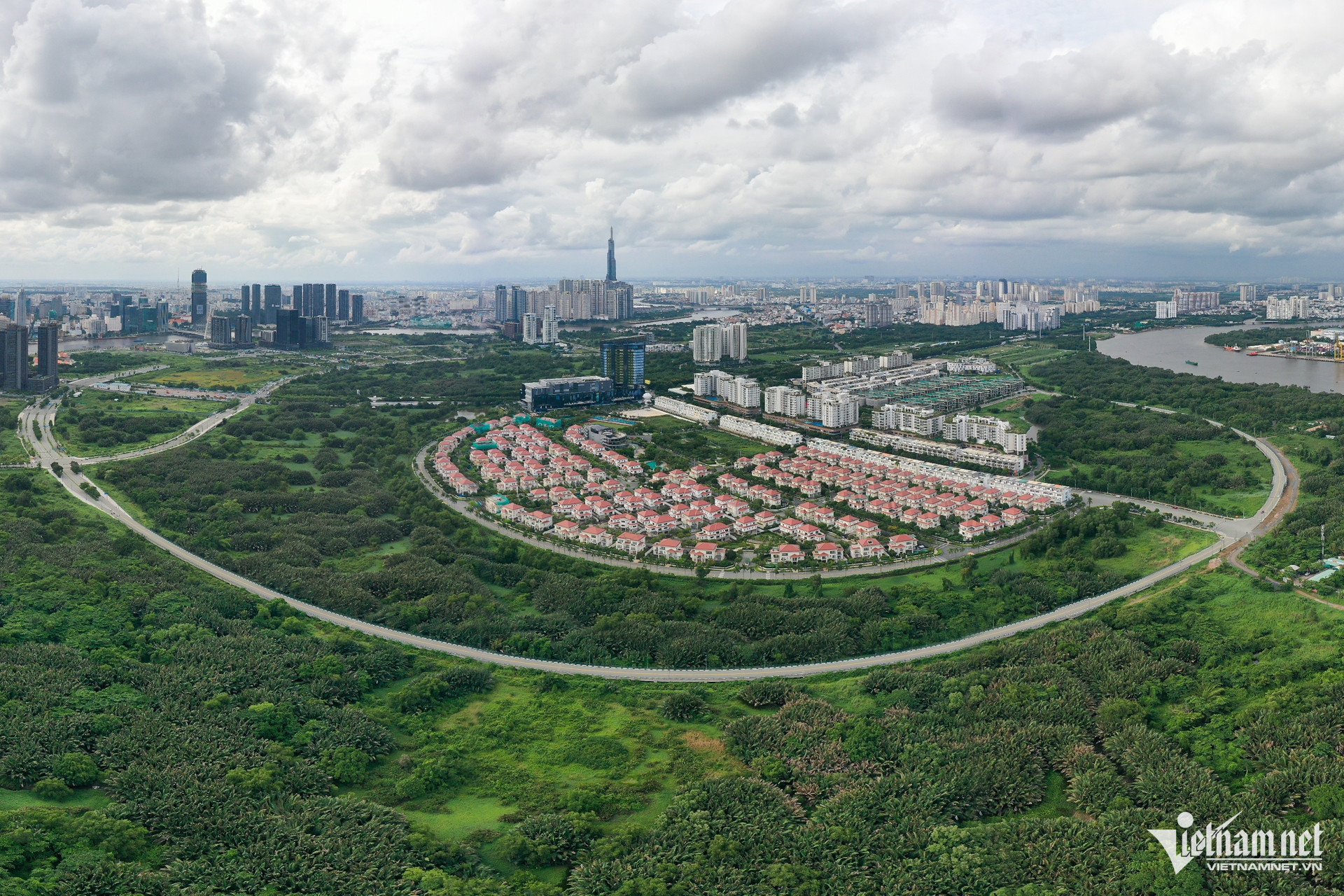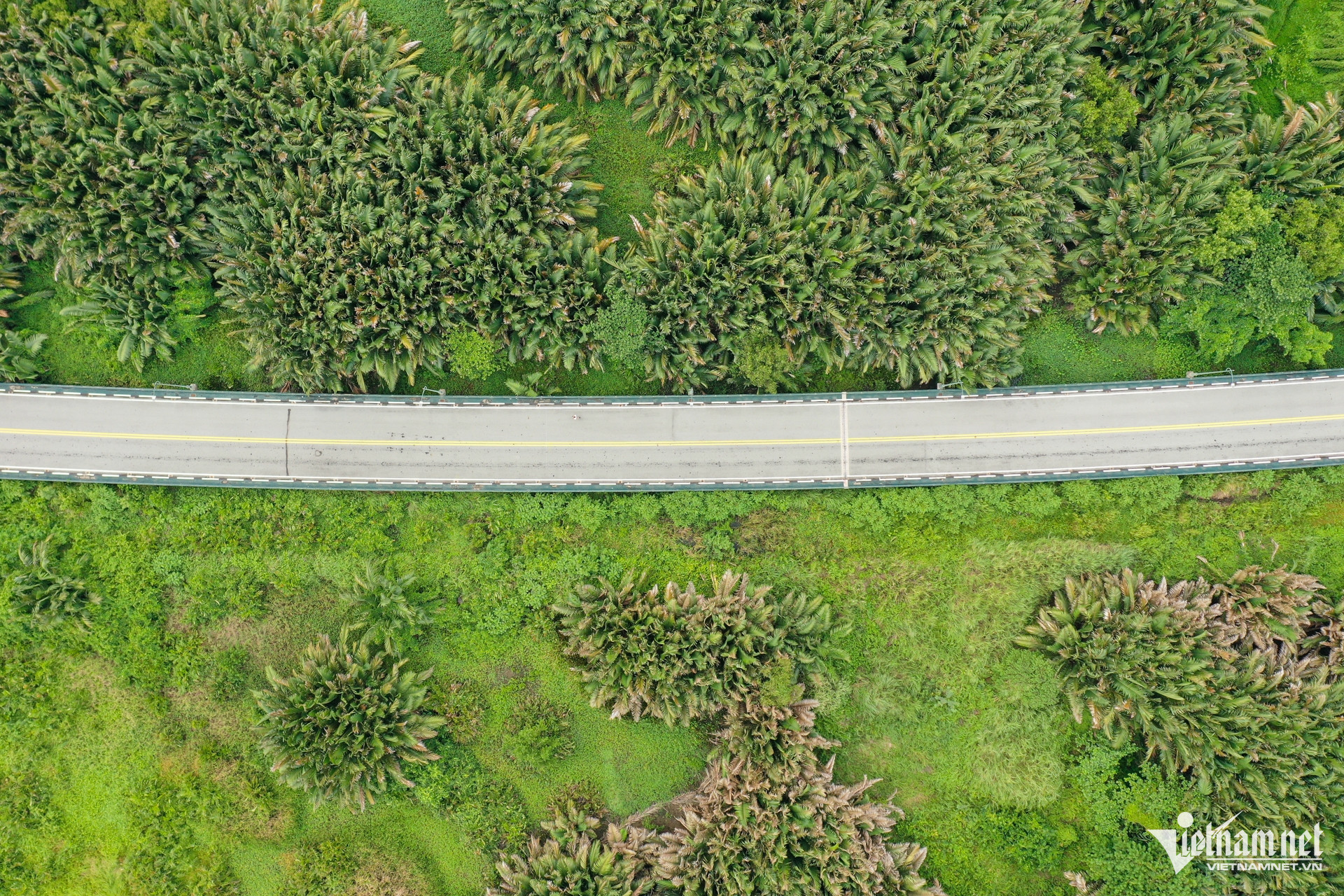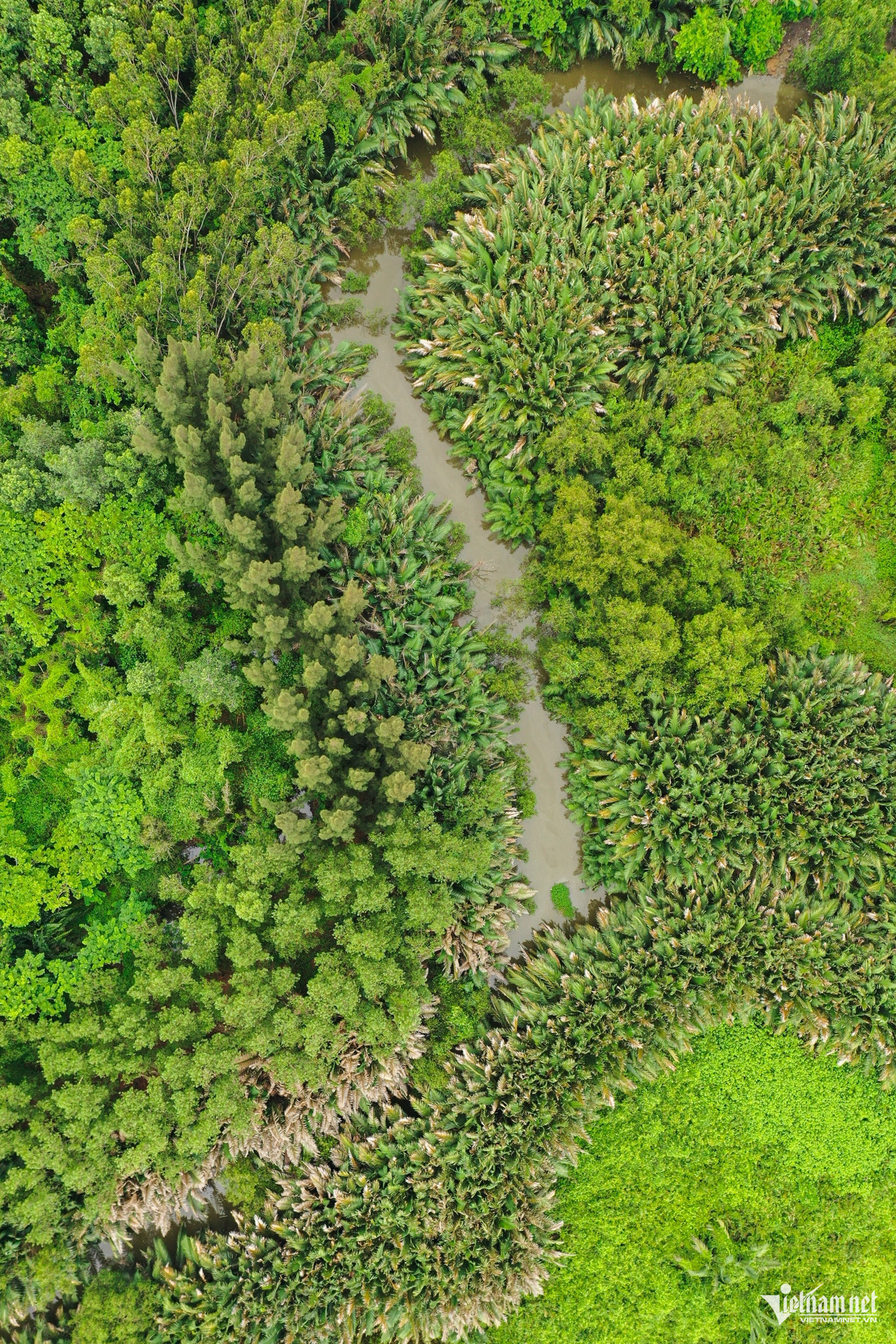
According to the planning project, the Thu Thiem New Urban Area in Thu Duc City is divided into eight functional zones. Seven zones are earmarked for urban development, while the remaining area is planned as an ecological forest park.

The park project has a total investment of 6,400 billion VND ($253.8 million) and is scheduled for development from 2024 to 2030, as per Decision 117/QD-BHTDT on the green park development plan by the Ho Chi Minh City Urban Infrastructure Investment Project Management Board.

Situated along the Saigon River, the ecological forest park area is a natural wetland, receiving water from upstream and tidal inflow from the sea. Once considered a vast swamp, this area is primarily designated for environmental protection and drainage, preserving the natural wetland ecosystem right at the heart of Ho Chi Minh City.

A major thoroughfare, one of the four main roads of the Thu Thiem urban area, runs through this region. This 2.5-kilometer elevated road is surrounded by lush vegetation, offering a scenic view from above. The diverse flora includes tree-like species, vines, shrubs, nipa palms, and reeds.

Residents often visit this area for exercise as the evening approaches, enjoying the serene environment.

With a total planned area of 128 hectares, upon completion, this park will become the third-largest in the city (after Saigon Safari Park, 485 hectares, and District 12 Park, 150 hectares) and 7.5 times the size of the Saigon Zoo and Botanical Gardens.

The park's design includes planting native trees resilient to urban environments and creating an artificial forest to provide habitats for wildlife.
 |
 |
Amidst the park's expanse, several government offices are still operational, such as the An Loi Dong Ward People's Committee office, the waterway police station, and a botanical garden.

Currently, Ho Chi Minh City's park area covers just over 500 hectares, equating to about 0.55 square meters per person, significantly lower than the urban greenery standard of 15 square meters per person.
Thus, this park project not only contributes to environmental and economic value but also serves as a crucial highlight in Ho Chi Minh City's sustainable development strategy.
According to the Ministry of Construction, while the current urban planning standards require a minimum green space area of 4-7 square meters per person, the actual proportion only partially meets this requirement.
Major cities like Ho Chi Minh City, Hanoi, Da Nang, and Hai Phong are particularly "thirsty" for green spaces. Ho Chi Minh City has a public green space ratio of just 0.55 square meters per person, compared to Hanoi's 2.06, Da Nang's 2.4, and Hai Phong's 3.41 square meters per person.
Nguyen Hue